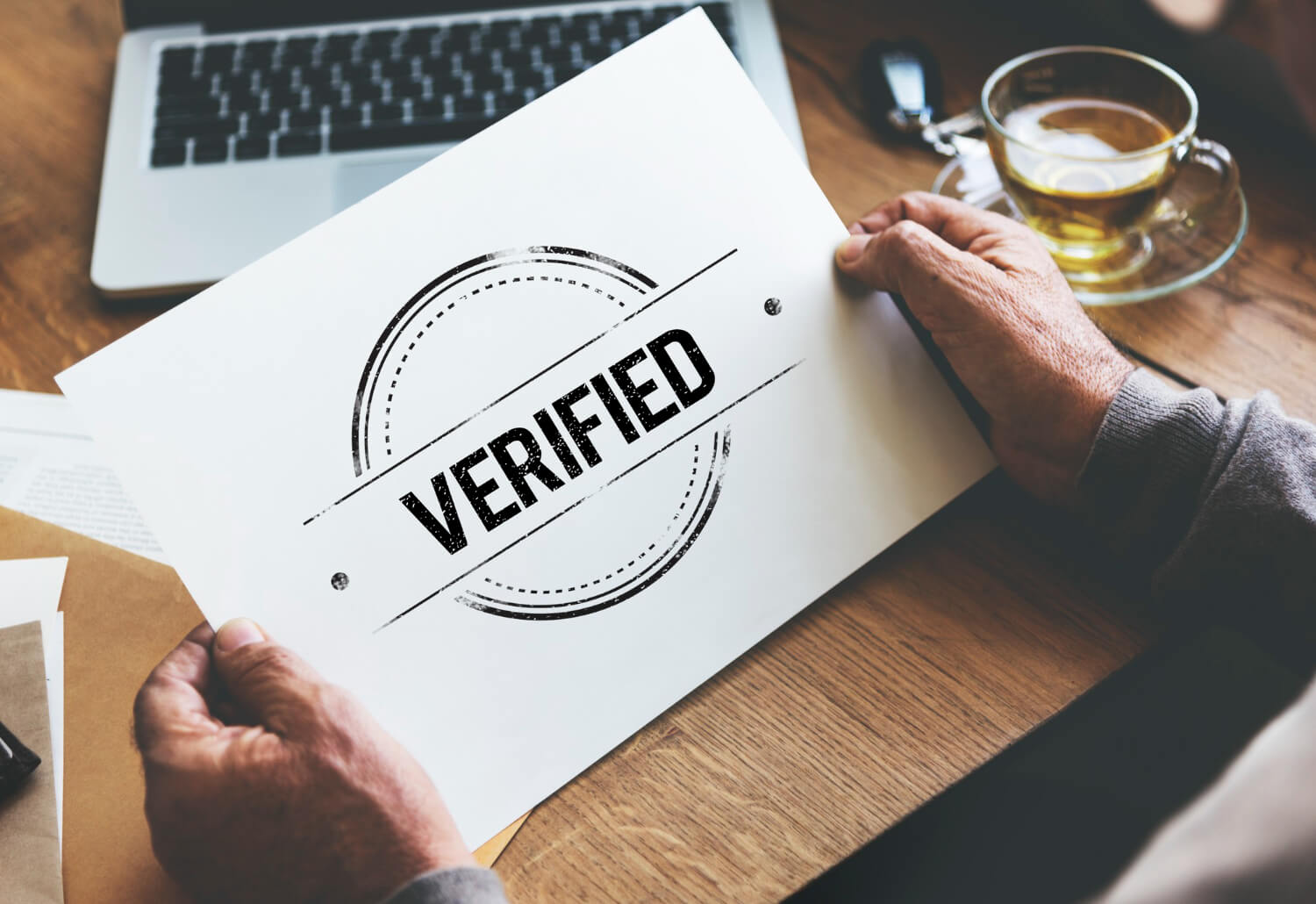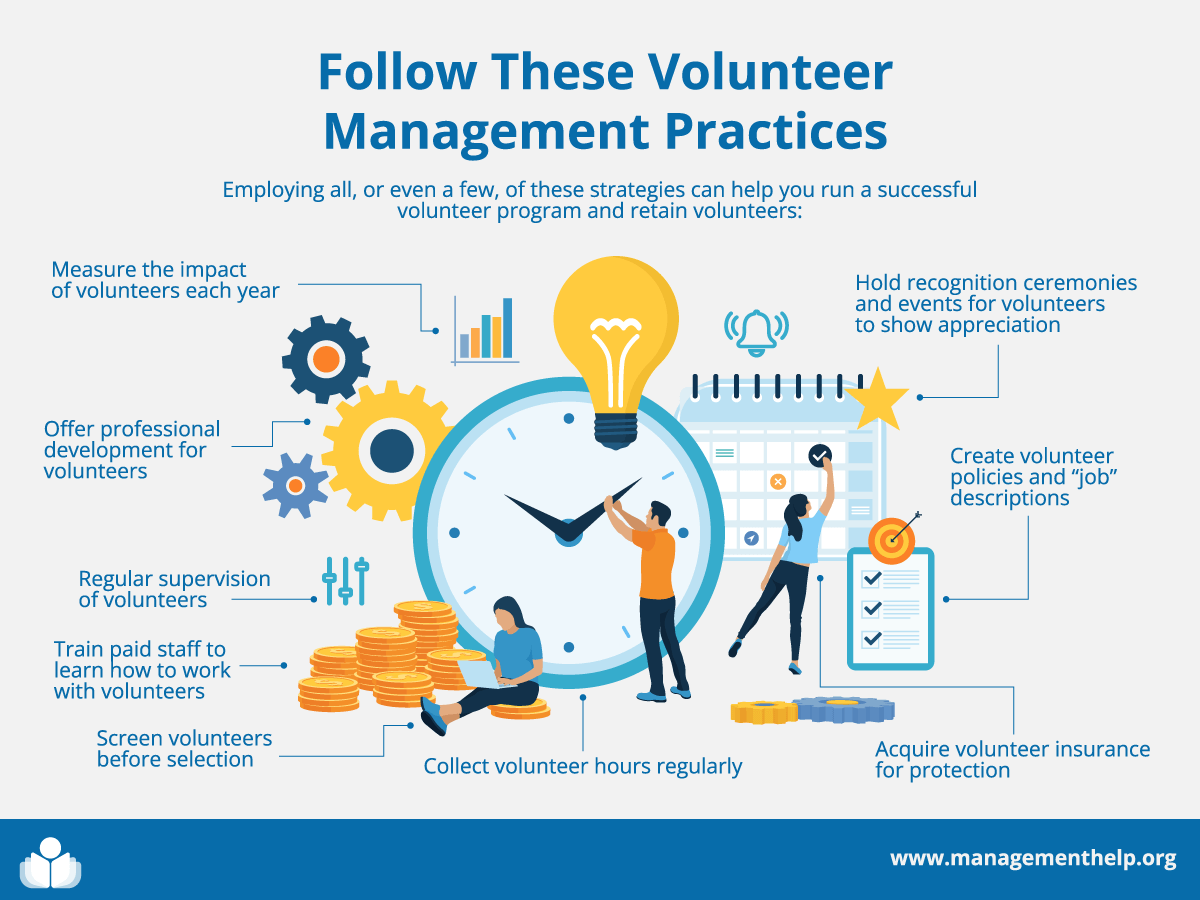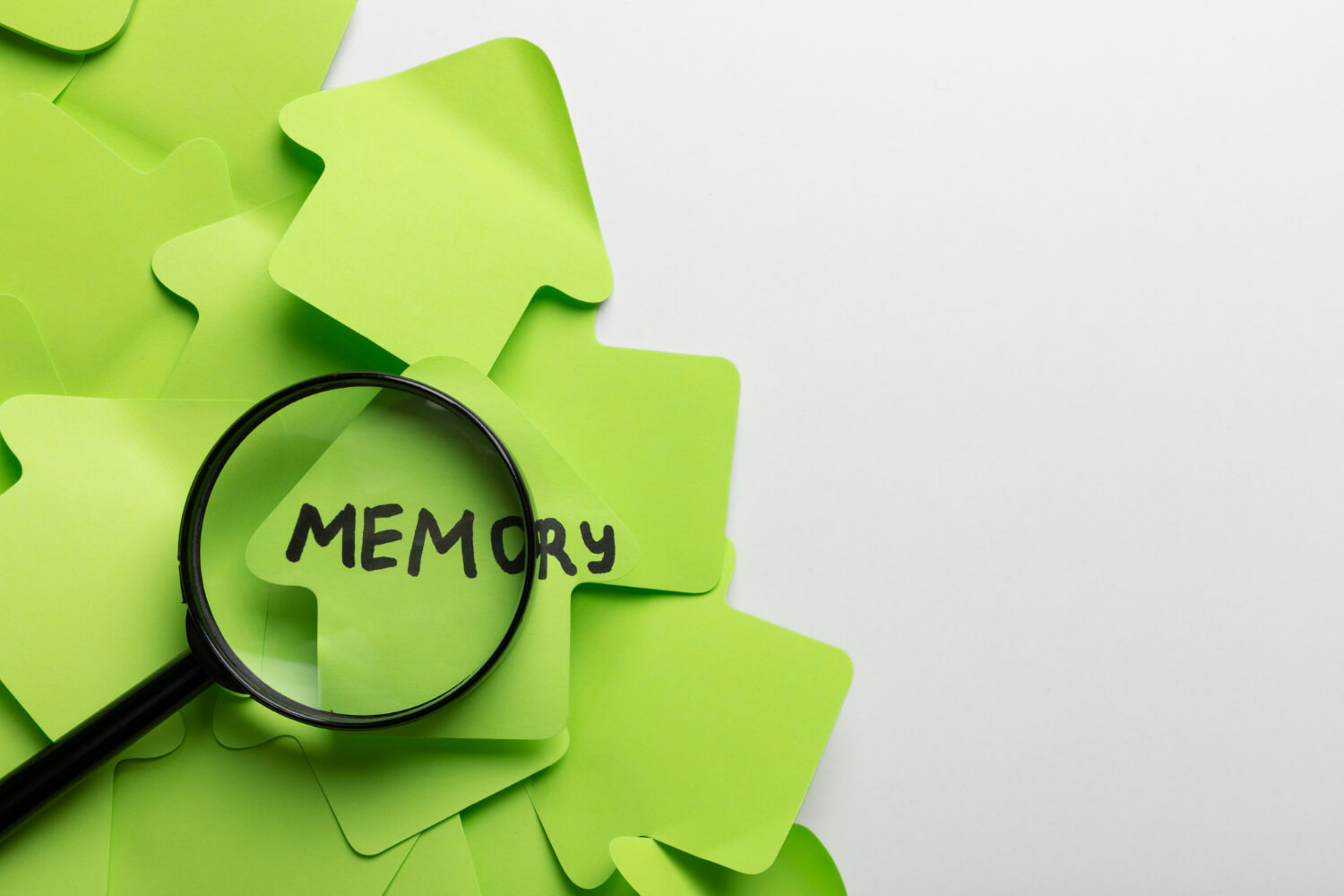Business Resources
Most Popular
Business Development — Growing Your For-Profit or Nonprofit Organization © Copyright Carter McNamara, MBA, PhD Whether your organization is a for-profit or nonprofit, you have to address certain considerations and make certain decisions if you set out to intentionally expand — or grow — your organization, products and/or services. You can grow your organization, products …
Basic Overview of Various Strategic Planning Models Learn Strategic Planning Without Incurring Travel Costs! The Series Facilitating Strategic Planning from the Consultants Development Institute provides virtual courses and numerous downloadable tools to learn to facilitate strategic planning. Concurrently you customize your own relevant and realistic Strategic Plan and earn a Certificate in Facilitating Strategic Planning. …
Basic Guide to Program Evaluation (Including Outcomes Evaluation) © Copyright Carter McNamara, MBA, PhD, Authenticity Consulting, LLC. Much of the content of this topic came from this book: This document provides guidance toward planning and implementing an evaluation process for for-profit or nonprofit programs — there are many kinds of evaluations that can be applied …
Problem Solving and Decision Making (Solving Problems and Making Decisions) © Copyright Carter McNamara, MBA, PhD, Authenticity Consulting, LLC. Sections of This Topic Include Test – What is Your Personal Decision-Making Style? Guidelines to Rational Problem Solving and Decision Making Rational Versus Organic Approach to Problem Solving and Decision Making General Guidelines to Problem Solving …
General Guidelines for Conducting Interviews © Copyright Carter McNamara, MBA, PhD, Authenticity Consulting, LLC. Adapted from the Field Guide to Consulting and Organizational Development. Sections of This Topic Include Introduction Preparation for Interview Types of Interviews Types of Topics in Questions Sequence of Questions Wording of Questions Carrying Out Interview Immediately After Interview Other Resources …
Goal Setting with Employees — What Should Employees Work On? © Copyright Carter McNamara, MBA, PhD, Authenticity Consulting, LLC. Adapted from the Field Guide to Leadership and Supervision in Business and Field Guide to Leadership and Supervision for Nonprofit Staff. Strongly Suggested Pre-Reading How to Ensure Strong Employee Performance Management Sections of This Topic Include …
Understand Generational Differences: Guidelines and Resources © Copyright Carter McNamara, MBA, PhD Sections in This Topic Include What Are Generational Differences? Overview of Perceived Differences Between Generations Are Generational Differences a Myth? Guidelines for Managing Different Generations Also consider Related Library Topics What Are Generational Differences? What is a Generation? Before we go on to …
What is Supervision? How Do I Supervise? Comprehensive, practical book by Carter McNamara The guidelines and resources in this topic are not sufficient to develop strong competencies in supervision. Those competencies come from extensive experience in applying that information. Sections of This Topic Include What is Supervision? To Truly Understand Supervision, Be Acquainted With Its …
More in Business Resources
How to Design Your Supervisor Training and Development Program Written by Carter McNamara, MBA, PhD, Authenticity Consulting, LLC. Copyright; Authenticity Consulting, LLC (Note that there are separate topics about How to Design Your Management Development Program and How to Design Your Leadership Development Program. Those two topics are very similar to this topic about supervisor …
Guidelines for Conducting Supervisoral Development Programs © Copyright Carter McNamara, MBA, PhD, Authenticity Consulting, LLC. Adapted from the Field Guide to Leadership and Supervision in Business and Field Guide to Leadership and Supervision for Nonprofit Staff. (This page is referenced from Supervisory Development.) Among the various positions in management, the role of supervisor is quite …
The Human Resource: View from a Cynic (a poem) © Copyright Carter McNamara, MBA, PhD, Authenticity Consulting, LLC. I’ve got your application here. You’re a Minneapolis native? I ask these things as “need to know.” You see, here, we’re “participative”! Your predecessor’s out the door. Problems too numerous to mention. Listen to me and you’ll …
Overview of Cynicism in Business Organizations © Copyright Carter McNamara, MBA, PhD, Authenticity Consulting, LLC. Cynicism is distrust of the intentions of others, a belief that others are not representing their true motives. Research indicates a growing cynicism among managers and workers in America. However, there are few resources to address this syndrome. Also, it …
Backlash Against New Business Paradigm? Are We Practitioners “Walking Our Own Talk”? © Copyright Carter McNamara, MBA, PhD, Authenticity Consulting, LLC. There is a recent explosion of management literature, much of which asserts the strong need for change in today’s business organizations. Few people, if any, disagree with this need for change. However, the unrealistic …
What is a Mindset? What’s Yours? Copyright Carter McNamara, Authenticity Consulting, LLC The focus of the Library is on resources for personal, professional and organizational development. At the core of these is personal development. Without personal development, it’s difficult to sustain professional and organizational development. Sections in This Topic Include What is a Mindset? Examples …
How to Improve Your Memory: Guidelines and Resources Copyright Carter McNamara, Authenticity Consulting, LLC Sections in This Topic Include What is Memorizing? Concerns About Memorization as a Learning Technique Test Your Memory How to Improve Your Memory Also consider Concentration Creative Thinking Critical Thinking Mindfulness Mindsets Reframing Systems Thinking Strategic Thinking Related Library Topics What …

















